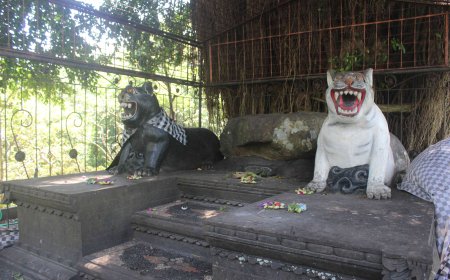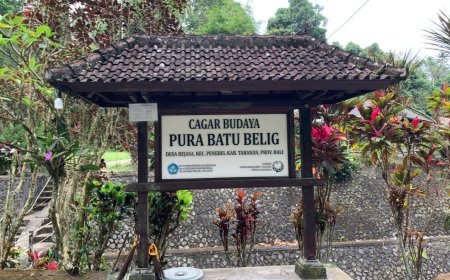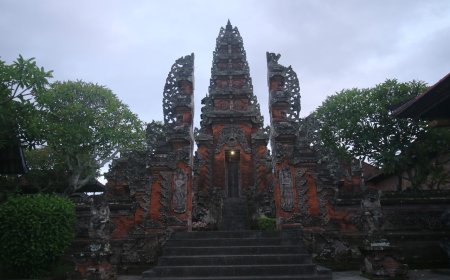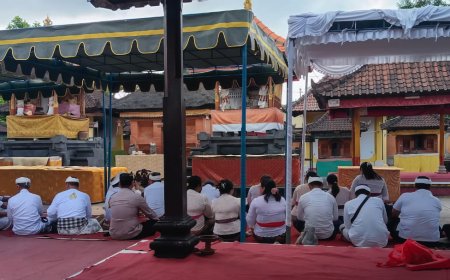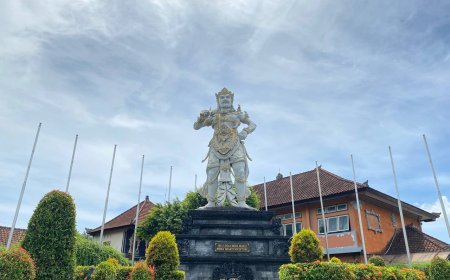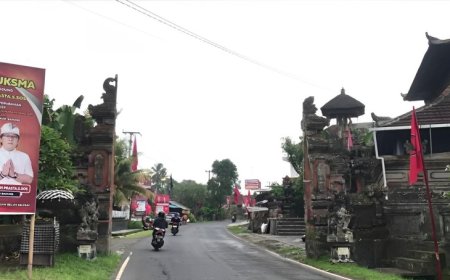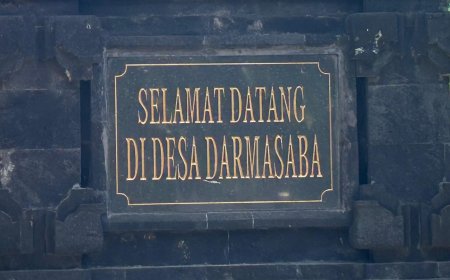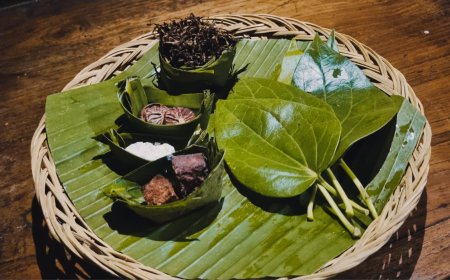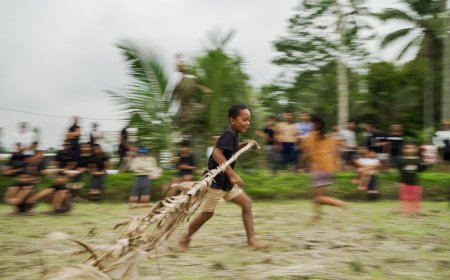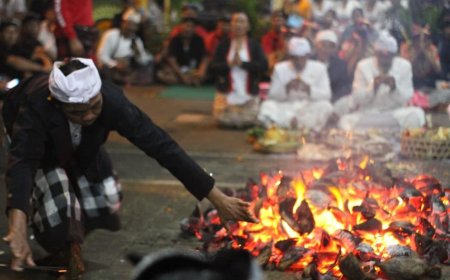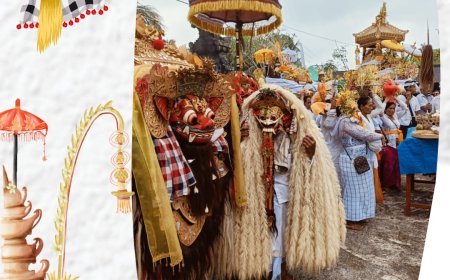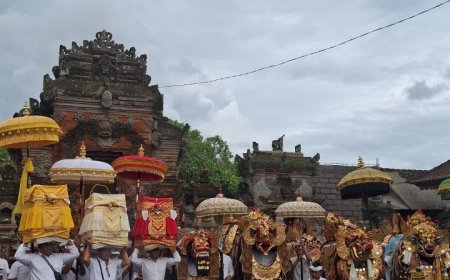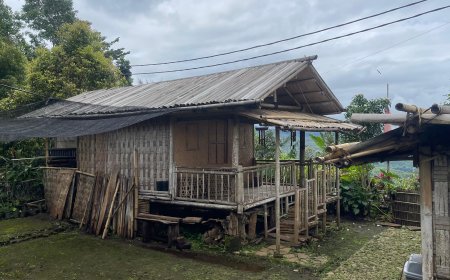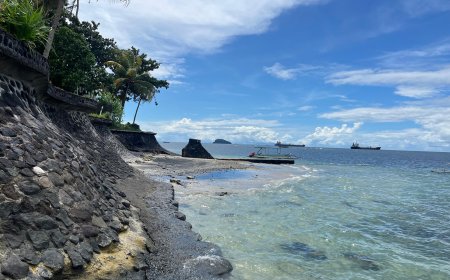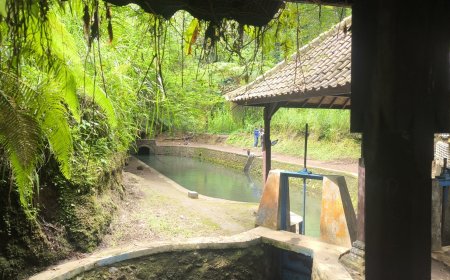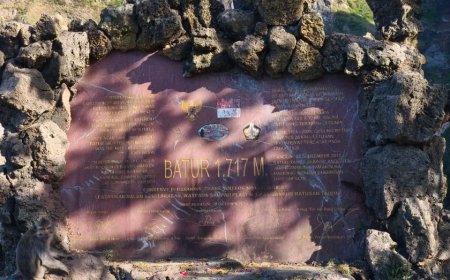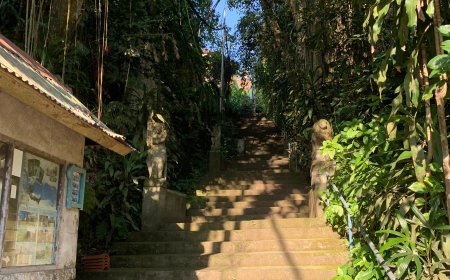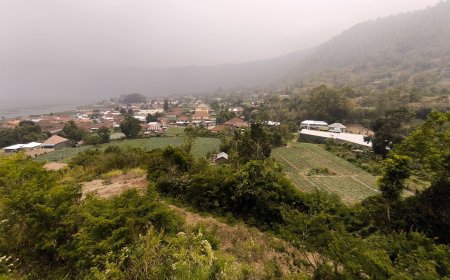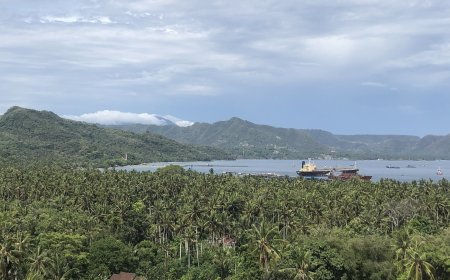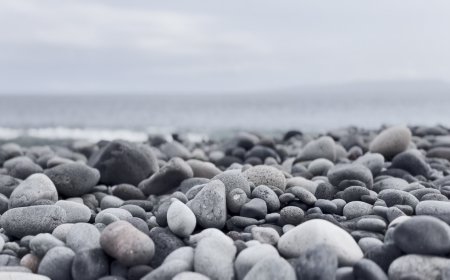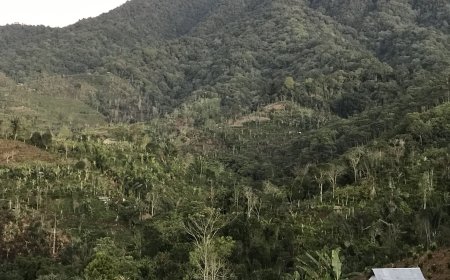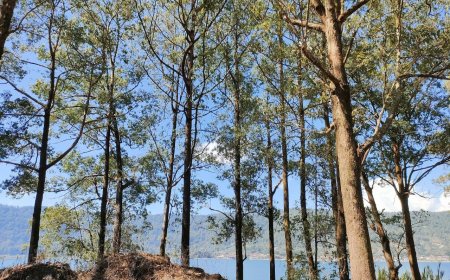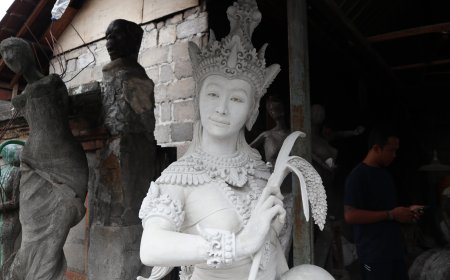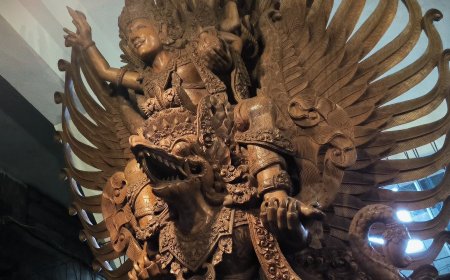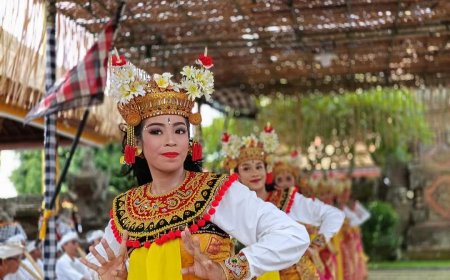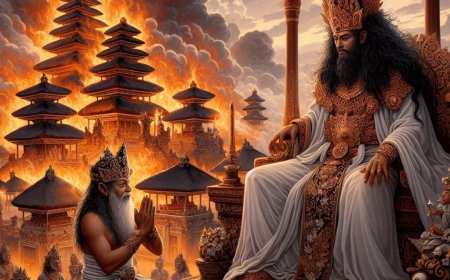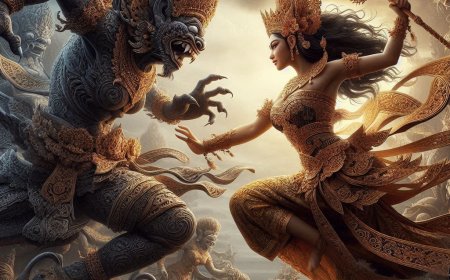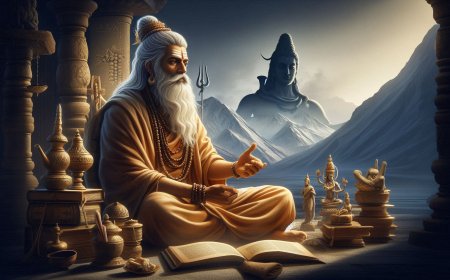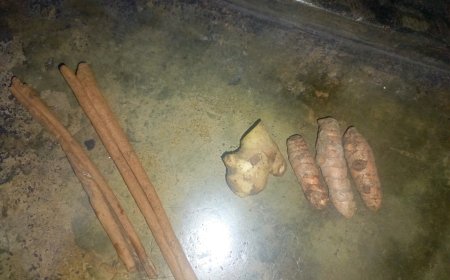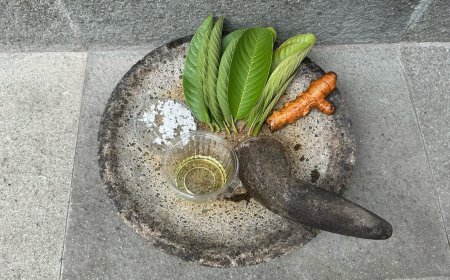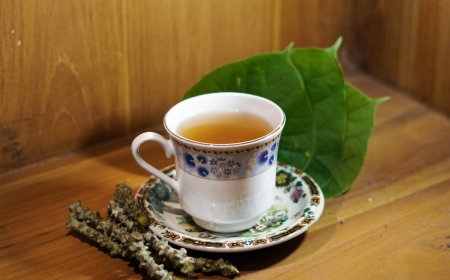Balinese Endek Weaving: Fabric Laden with Culture and Skill
The art of Balinese Endek weaving is a symbol of beauty, local wisdom, and cultural richness that continually inspires people to explore and respect the profound cultural charm of Bali.

Bali, is an island known for its natural beauty, also harbors profound cultural richness. One highly distinctive aspect of Balinese culture is the art of Endek weaving. The art of Balinese Endek weaving is not just about creating beautiful fabric, it is also about passing down cultural values, history, and skills from one generation to the next generation.
The history of Balinese Endek weaving can be traced back centuries. Initially, Endek fabric developed in 1975, during the reign of King Dalem Waturenggong in Gelgel Klungkung. Originally, Endek fabric was used as royal attire and for the nobility. However, over time, this fabric also became an integral part of everyday life for the Balinese people.
The process of making Balinese Endek fabric is a highly skilled craft that requires time and patience. The process begins with spinning threads, usually from cotton or silk, which are then dyed with traditional natural dyes. Once the threads are ready, weaving begins using a traditional handloom instead of a machine.
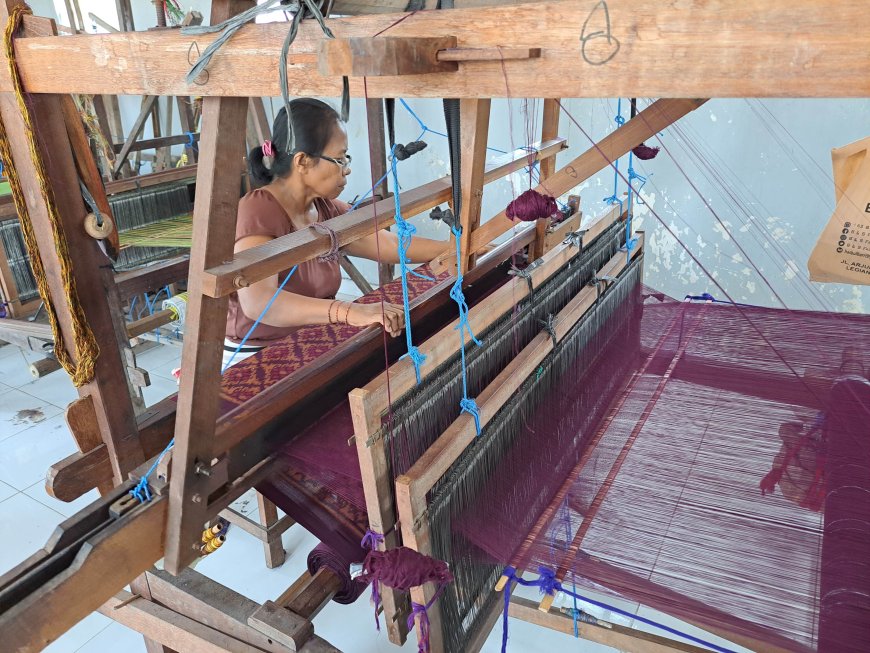
Non-Machine Weaving Tool "ATBM" (Source: Editorial Collection)
The handloom, known as "ATBM" (Non-Machine Weaving Tool) is used to arrange the threads in intricate patterns according to the desired design. This weaving process can take weeks or even months, depending on the complexity of the pattern and the size of the fabric.
The motifs in Balinese Endek fabric draw inspiration from various sources, including wayang (shadow puppetry), flora, fauna, and Bali's mythological legends. The Balinese mythological depictions include characters from Bali's stories, encompassing revered gods and goddesses in the daily lives of Hindus in Bali. Craftsmen create a variety of patterns and colors for Endek fabric based on the rich forms in these arts and legends.
The Songket motif typically features intricately carved floral patterns arranged in striking hexagonal patterns. The most noticeable difference between the Songket Endek motif and conventional songket fabric lies in the use of threads. Songket Endek uses rayon threads, while other songket fabrics rely on silver and gold-colored threads as their base. Songket Endek fabric is generally filled with bright colors such as yellow, pink, blue, green, and various cheerful hues.
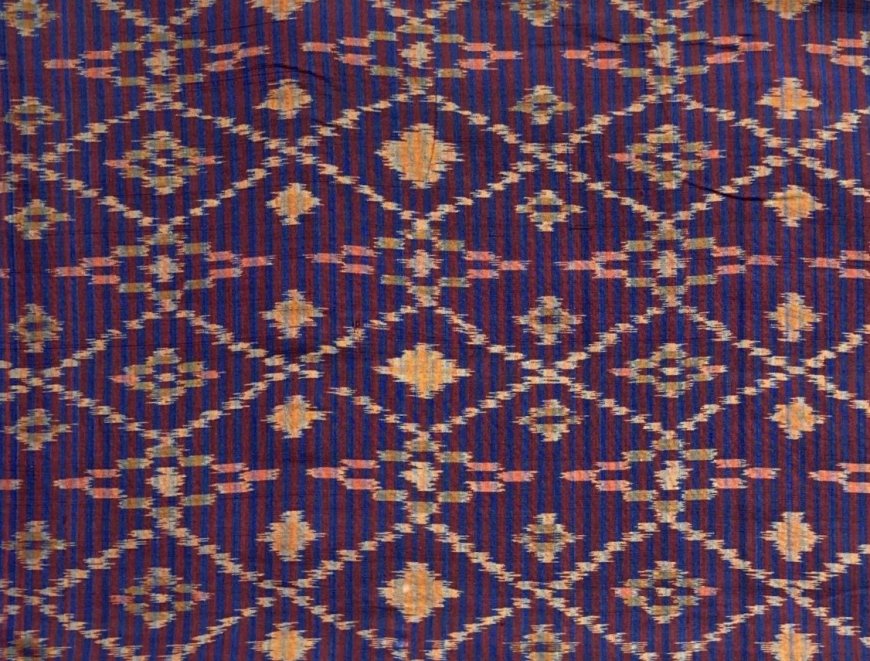
Songket Motif (Source: Editorial Collection)
The Rang-Rang motif, also known as Cepuk Rang-Rang weaving, is a prominent zig-zag pattern adorned with various bright and attractive colors, including purple, green, yellow, blue, red, and other captivating choices.
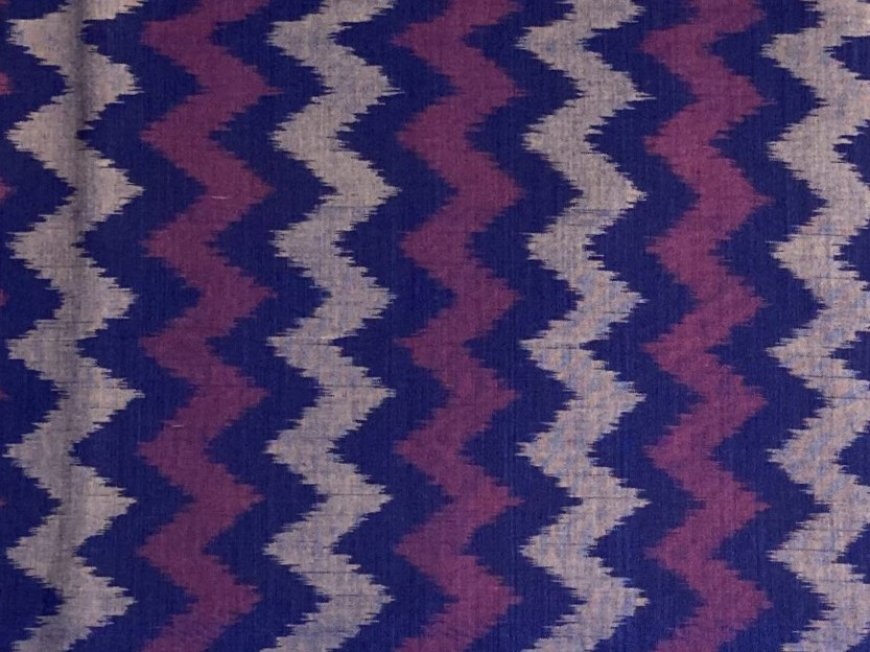
rang-rang Motif (Source: Editorial Collection)
The Wajik Ukir motif presents a depiction of a diamond pattern arranged parallel in Endek fabric. Each diamond section features captivating flower motifs. Different colors are used for each diamond row, creating a visually appealing characteristic for this Wajik Ukir motif. Moreover, the fabric generally has a dark background, adding an elegant touch to the appearance of this Wajik Ukir motif.
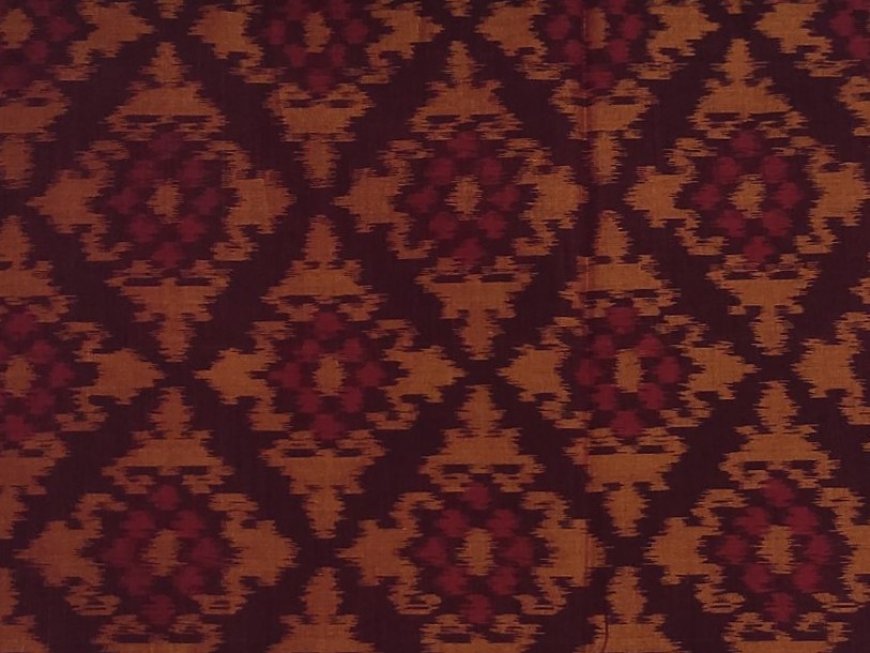
Wajik Ukir Motif (Source: Editorial Collection)
Balinese Endek fabric also plays a significant role in celebrating special moments in Balinese society. For example, during wedding ceremonies, Endek fabric is often used to adorn sacred places and is an integral part of the bride's attire. Endek fabric with flower motifs or symbols of luck is often chosen to create a romantic and harmonious atmosphere in weddings.
Furthermore, in traditional ceremonies such as odalan (temple celebrations) or ngaben (cremation ceremonies), Endek fabric is frequently used to adorn statues and sacred areas, adding a touch of grandeur and beauty to these events.
It is important to note that the art of Endek weaving is not just about creating beautiful fabric, it is also about preserving cultural heritage and knowledge passed down from generation to generation.
Endek craftsmen are the guardians of this tradition and play a crucial role in maintaining weaving skills, ensuring that this art form stays alive. They also strive to introduce the art of Endek weaving to a global audience so that more people worldwide can appreciate the beauty and intricacy of Endek fabric.
Bali, as a famous tourist destination, also plays a role in promoting the art of Endek weaving. Many shops and art galleries in Bali offer various Endek products, ranging from clothing to accessories, attracting tourists from around the world.
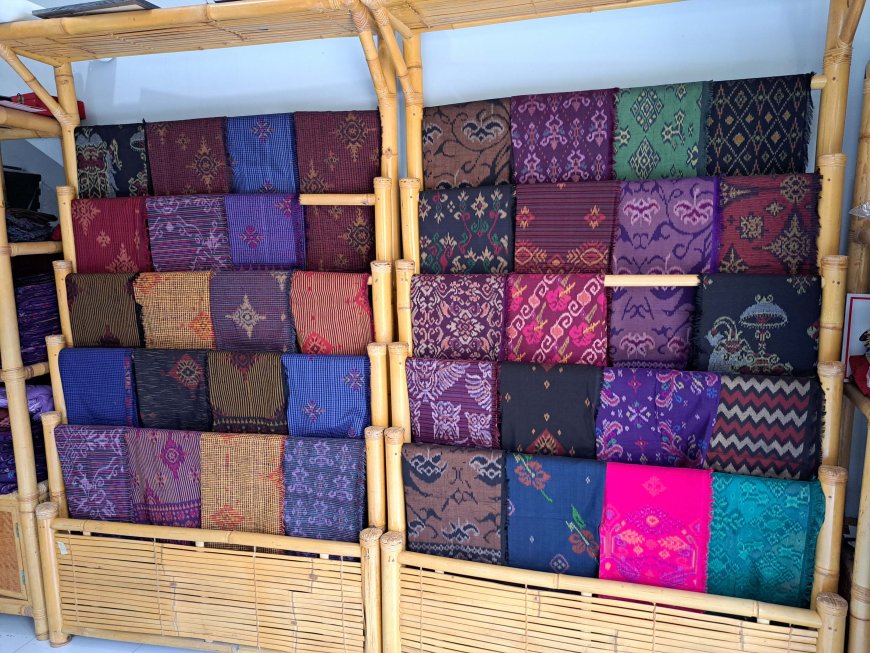
Balinese Endek Fabric (Source: Editorial Collection)
This provides opportunities for Endek craftsmen to gain international recognition and support. The increasing interest in the art of Endek weaving not only signifies further appreciation for Bali's cultural heritage but also has the potential to enhance the income and well-being of the Endek craftsmen community on the island.
The art of Balinese Endek weaving is a beautiful example of how art and culture can intertwine in everyday life. Endek fabric is not just clothing or decorative items; it is also a reflection of a rich cultural identity and history.
The art of Balinese Endek weaving is a symbol of beauty, local wisdom, and cultural wealth that constantly inspires people to explore and respect the profound cultural charm of Bali.

